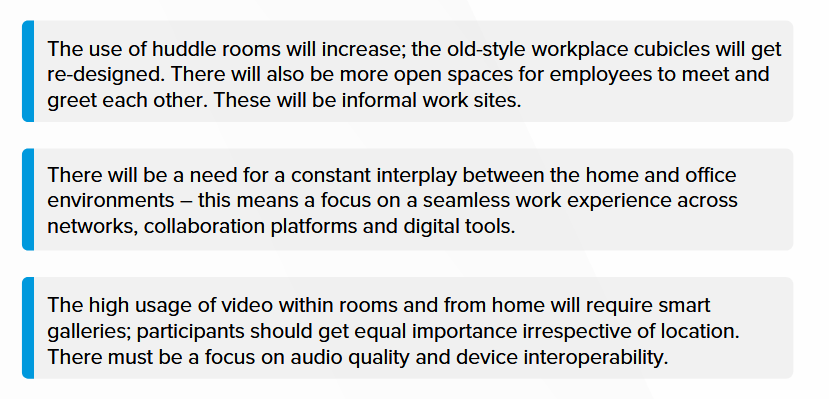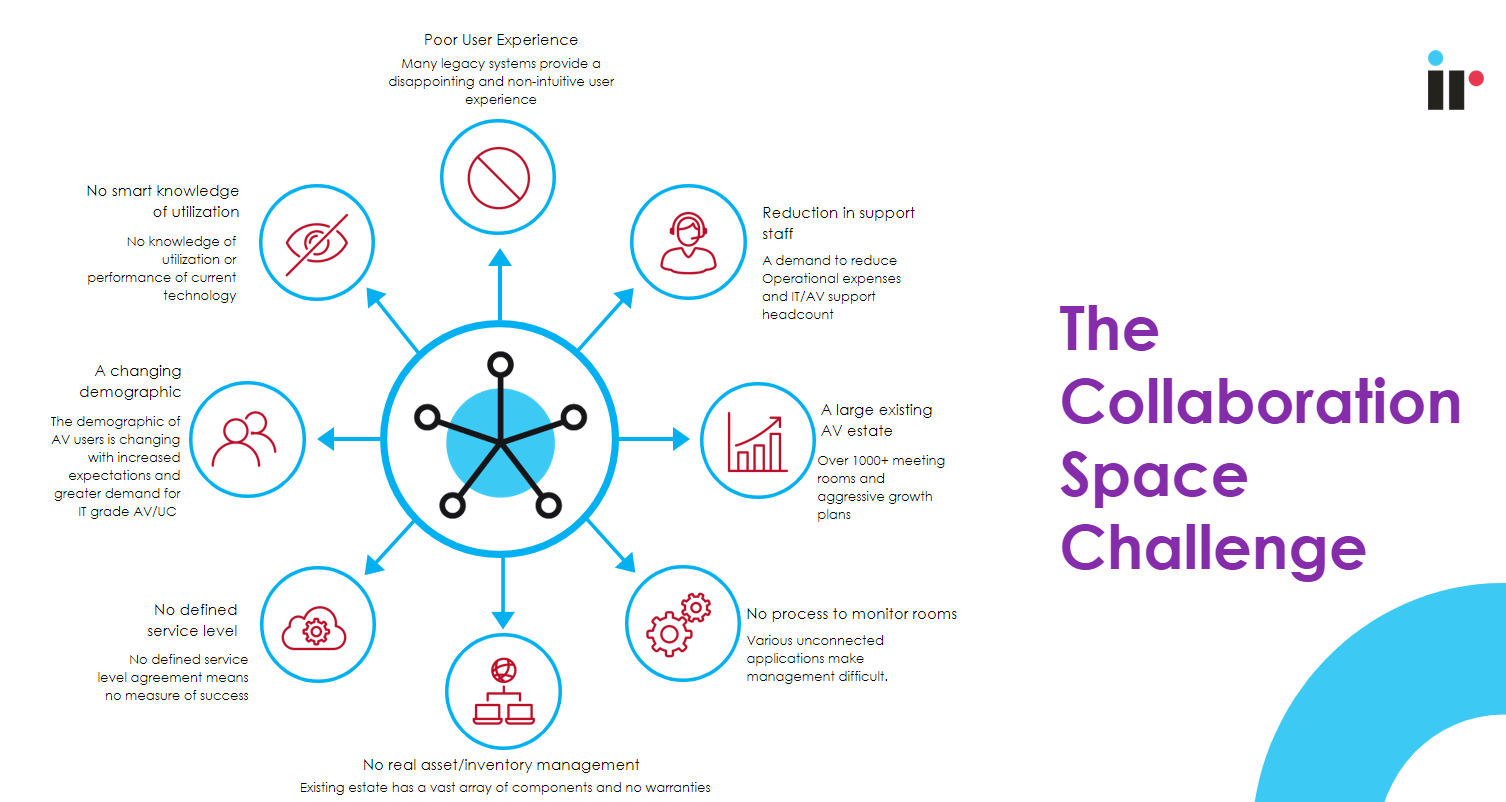There’s no denying that the future of work has forever changed. The idea of the traditional office work environment has all but changed and has been evolving into an infinitely more fluid framework.
Functionality vs Flexibility
Pre-pandemic, the physical office space was mostly defined by rows of desks, open floor plans and teams sitting together; the archetypal functional environment.
Business managers and leaders worked on the premise that performance and productivity of workers were directly proportional to time spent in the office, and this was the most important metric of success. But it didn’t take long for businesses to realize that if they expected to attract and retain a productive, engaged workforce, they needed to rethink what the office needed to be.
Functionality has been replaced with flexibility, and globally, the world of work is undergoing a massive re-set.
Why the office is changing
For business leaders, the key to making a success of the changing workplace is being ready to listen to what employees need and want.
Remote working has been valuable to both employees and employers, keeping businesses afloat, and workers employed, but it’s not the only element of a hybrid work environment.
People are craving places to meet and collaborate face-to-face, to regain the human aspect of working life – and businesses need to be ready to meet this demand.
In fact, a PWC survey of over 100 executives and 1,300 employees revealed that 87% of respondents believe the physical office is necessary for collaboration and building relationships with other team members. A greater emphasis will also be placed on technology and spaces that encourage face-to-face interaction as the future of work evolves.

Well designed collaboration spaces will encourage more productivity, better user experience and increased employee satisfaction, causing a ripple effect of benefits for businesses, including:
- More fluent communication between isolated teams
- More effective meetings and teamwork
- Increased staff morale and positive culture
- Motivation, inspiration and innovation that may not have been evident previously
- Increased staff retention
Re-defining and re-designing the office
With the availability and increased access to technology, collaboration in the workplace has reached new heights, along with a growing appreciation for human connection.
So, what does it take to create a truly collaborative space in an office, and what does this look like?
Collaboration spaces come in all shapes and sizes. From formal meeting rooms for groups, or informal social spaces designed for people to come together in a more relaxed, natural way.
Offices will be re-designed to include:
- Fully equipped meetings rooms with digital whiteboards and videoconferencing facilities
- Smaller huddle rooms for brainstorming sessions
- Dedicated training rooms
- A more flexible open plan
Once, there was the assigned office space that either represented the pinnacle of success or marked a person’s territory within the workplace.
Today, employee movement throughout the office will become fluid, and the office or desk will belong to whoever books it first, according to their needs, and only for an allotted period of time.
New office spaces will contain meeting rooms, huddle areas and single occupancy, soundproofed ‘pods’ which offer employees a private space to work, make calls or join remote colleagues in a video conference.
Challenges and how to overcome them
In order for the new office environment to function efficiently, given the added fluidity and flexibility, businesses will need to address certain challenges.
- Employees will need to be able to see what spaces are available, be able to reserve the space they need, and share its location with other meeting participants.
- Without an efficient booking system, there’s a risk of losing hours of valuable productivity as employees search for a place to collaborate.
- Issues can arise when an employee books a space, but doesn’t show up, wasting both time and resources and adding friction to the new hybrid workplace.
- Frustration emerges when the technology in collaboration spaces do not work. Employees expect these spaces to be frictionless and always meeting-ready.
As businesses transition through digital transformation IoT devices and sensors will provide vast amounts of data on operational costs and efficiency, encompassing things like:
- Building occupancy
- Collaboration space utilization
- Temperature and humidity
- Energy and resource consumption
This information has massive implications on the costs and effectiveness of an organization’s hybrid work environment, including employee experience.
For example:
- Are heating and cooling systems being run when there’s nobody there?
- Are employees actually using collaboration spaces? Is there a need for more spaces?
- Are areas being cleaned that haven’t been used?
Collaboration Space Management
The key to creating a seamless, cohesive collaboration experience for all users in the new office space is being able to see how spaces are being utilized. Without insights and data to reveal what’s actually going on within the new hybrid office environment, managing the space for optimal, seamless utilization becomes impossible.

IR’s Collaboration Space Management solution enables proactive monitoring and remote management of all collaboration spaces. This includes all collaboration platforms and devices.
Our solution benefits are:
- Virtual meetings always work and have high quality
- Improved user satisfaction and reduced “meeting fatigue”
- Reduced meeting setup time
- Reduced cost/time in troubleshooting issues and maintaining collaboration spaces
- Improved adoption, utilization, and ROI on collaboration investments
- Improved service value and revenue streams for MSPs
- Reduced complexity with single solution to manage and monitor all spaces across vendors and platforms
Our solution supports multi-vendor, multi-technology visibility including Microsoft Teams, Zoom Rooms, Webex Rooms, Jabra, Logitech, Poly and more. It leverages automation and remote management to reduce manual processes and overcome physical access limitations to support users and devices.
The monitoring of these collaboration spaces provides organizations with actionable, intelligent insights into space usage as well as voice and video quality. Understanding how and when the tools in your collaboration spaces are being used provides invaluable information on how to support and manage your constantly evolving workplace.
Find out more and watch a demo



